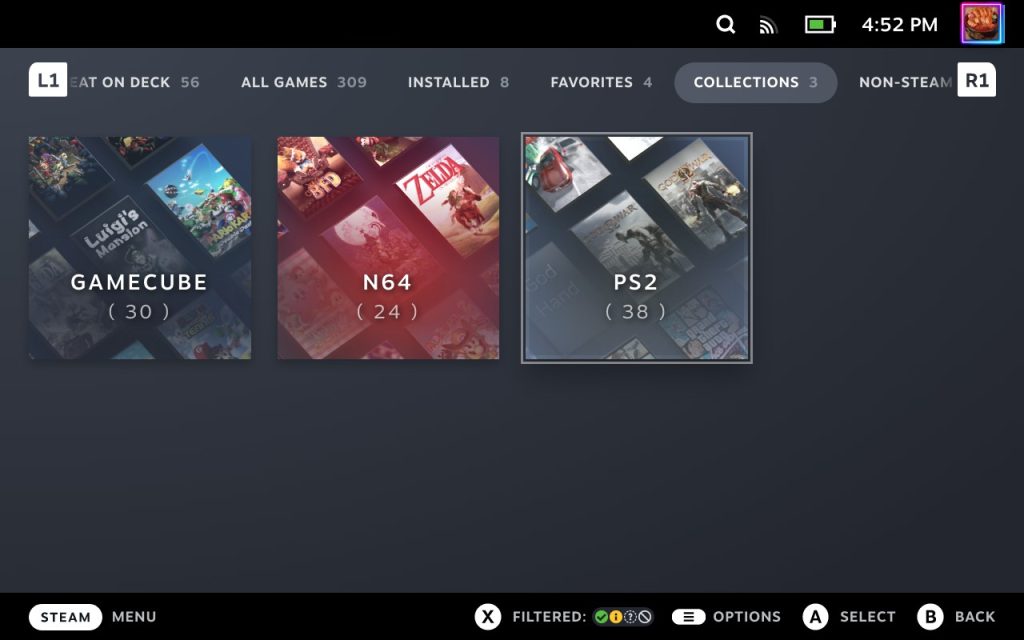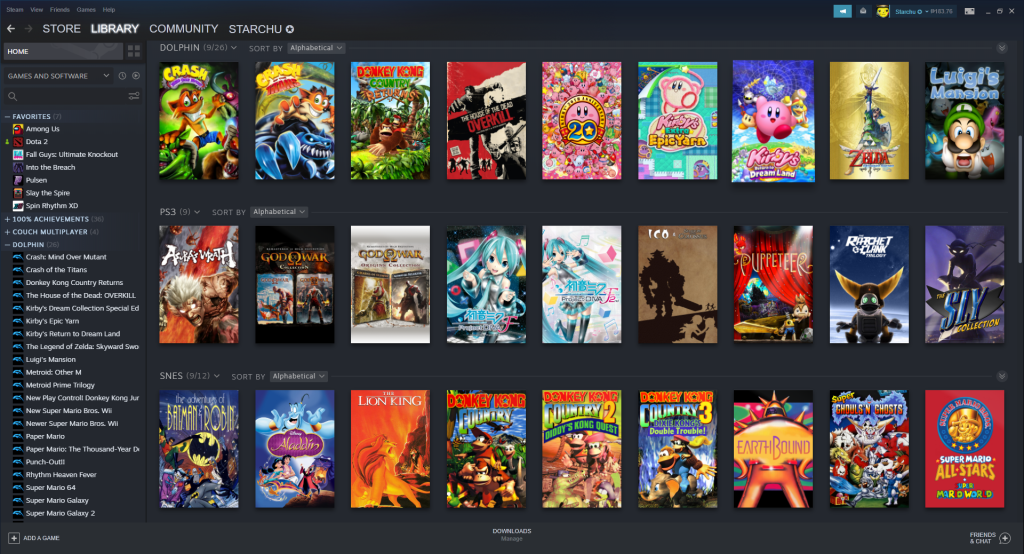For simulating some of the oldies, the Steam Deck is a reasonably capable tool. To add all of your emulated games, manage them, and even view some excellent artwork from your Deck, the Steam ROM Manager (SRM) is among the greatest options. You can upload games that aren’t on Steam and even files that contain notes by themselves using SRM. It is a very adaptable instrument. However, there are other better options out there, such as EmuDeck.com, a service that automates a lot of tasks that would take up your precious time while utilizing SRM.
How Does Steam Deck Work with Steam ROM Manager?

- You would first need a computer running Linux, Mac OS, or Windows. All of the emulated games that were previously added to Steam ought to be on this machine. After that, take these actions:
- To transfer every file from your PC to the Steam Deck, refer to this Gaming on Linux instructions. In case you have the emulated games you wish to play loaded on a different computer, the Warpinator tool utilized in this video greatly expedites the transfer procedure.
- You should download the Discovery program to your Steam Deck, though, if the games aren’t already installed on this machine. You can download and set up every emulator you own from Discovery. For some old-school games, RetroArch is also an option.
- It’s time to start downloading the Steam ROM Manager (SRM). From the official Github article, you may obtain the download links: https://github.com/SteamGridDB/steam-rom-manager/releases
- It is important to download the “Steam-ROM-Manager-2.3.29.AppImage” file. The version that ends with “i386” should not be downloaded. This version is designed to run on 32-bit x86 platforms. Because Steam Deck is a 64-bit system, it is not supported.
- Launch your file browser after downloading SRM. Find the downloaded file, click on it, and then select “Execute” from the menu that appears.
How Can I Add External Games Using Steam ROM Manager to My Steam Deck?
- Your Steam Deck now has Steam ROM Manager loaded. Let’s look at how you can upload your games using SRM. Observe these actions:
- Press the “Parsers” button. This is located on the left side of the screen. For every gaming system—NES, Gamecube, etc.—a different parser is required.
- Select your game system now. Pick the appropriate core if you’re using RetroArch. Before continuing, use RetroArch to obtain the most widely used core if you haven’t already. A fast Google search will turn up the most popular RetroArch cores.
- A default Steam Category will be assigned by the system. You have the option to modify the default category entirely or add new ones. Subsequently, you can alter the categories using the Steam User Interface.
- The executable file’s location must be found next. Put /usr/bin/flatpak if you have added games using Discover. The precise path of the file, however, if you have non-native executables.

- Retain all of the default arguments. Put “Z:” before the “/home..” portion in the command line for each game you install if you are using a non-native emulator. In accordance with the non-native Linux emulator, you must additionally provide the following command line arguments at the start of the command line:
- Run the org.yuze_emu.yuzu program.
- Utilize org.libretro.RetroArch.
- Launch DolphinEmu.dolphin-emu.
- Place the path in the ROMs Directory for the ROM files associated with a specific emulator.
- The Steam Directory should contain /home/deck/.steam/steam.
- Enter your Steam username in the User Accounts field. All Steam accounts on your Steam Deck will have access to your emulated game library if this is left unfilled.
- When you’re done, click save.
- Until you have finished using each of your gaming systems, repeat steps 1 through 9. It’s a somewhat challenging process. In case something goes wrong, select Parsers after selecting Preview. You can restart the process with the aid of this.
- Click preview once more once you’ve completed the process.
- Go out of Steam so that SRM may add all of your games as non-Steam titles. Exit Steam by right-clicking on the Steam miniature located in the tray.
- Right now, select Generate App List from SRM.
- To alter the appearance of your library, select one of the photos. Click Save app list after you’re done selecting. Let it finish working for a while; when it does, a done prompt will appear.
Related Articles:
https://landscapeinsight.com/technology/how-to-find-recently-deleted-apps/73541/
https://landscapeinsight.com/other/8-quick-steps-to-increase-your-pc-performance/72582/
Jessica is engaged in brand exposure at LandscapeInsight. She brings forth content that helps both the reader and brands based on research and trends. You can reach Jessica at –[email protected] or on Our website Contact Us Page.








